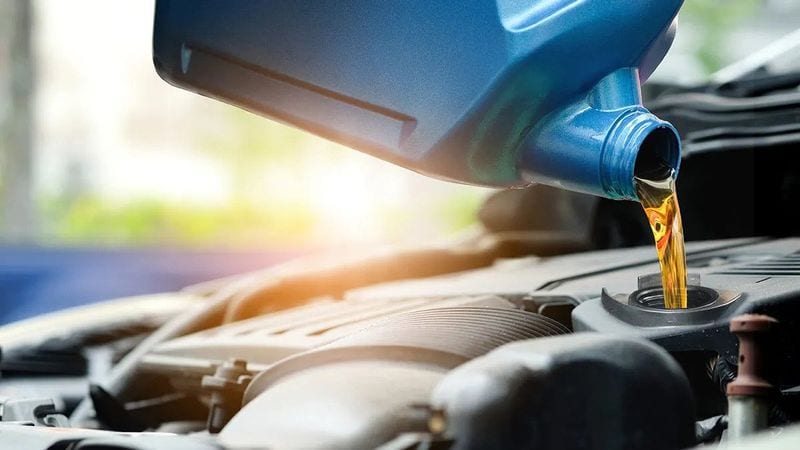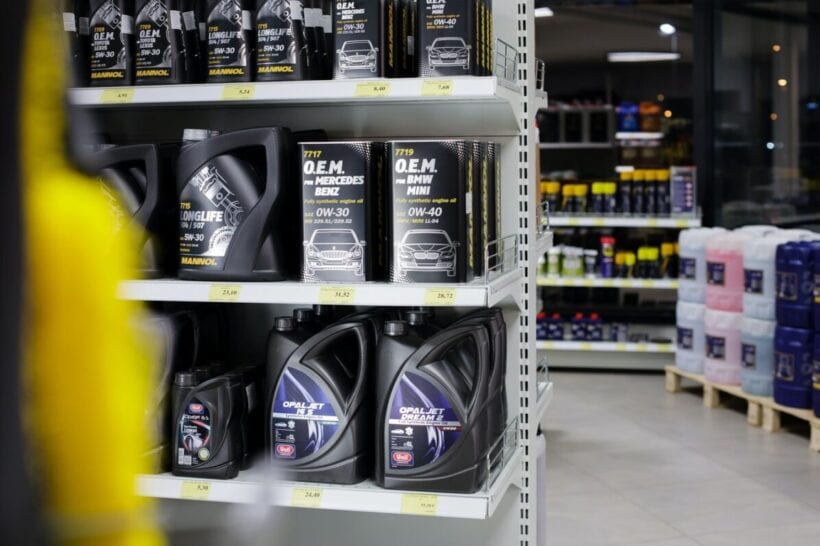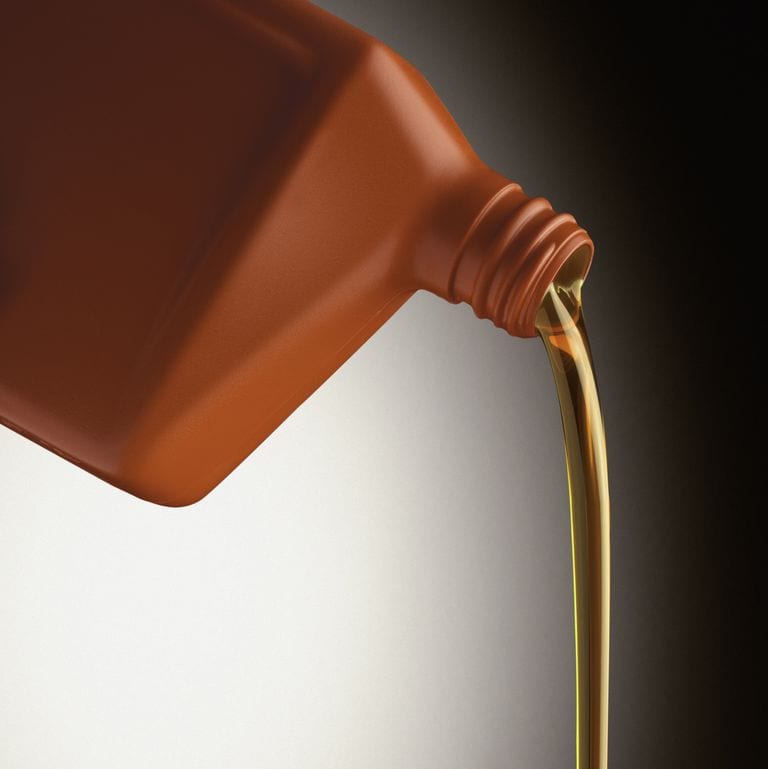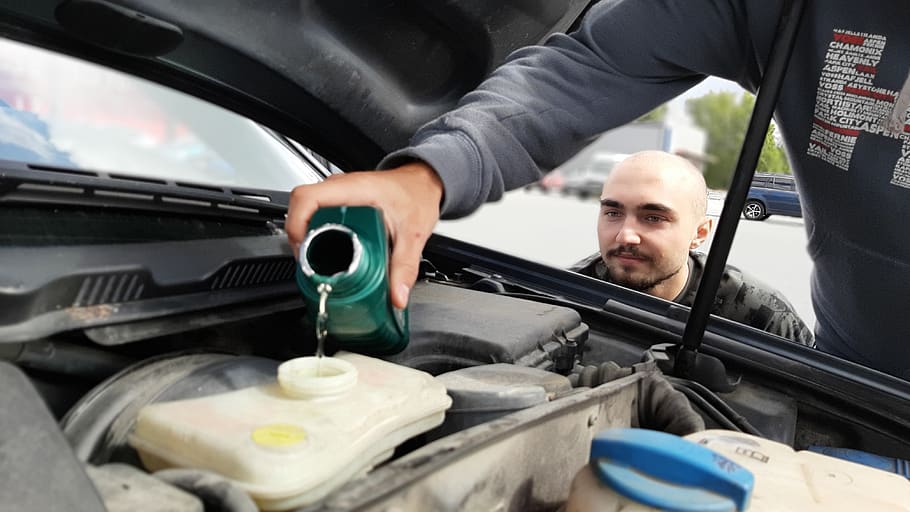You’re probably aware that the oil in your car needs to be checked and changed regularly. For many people this represents the extent of their knowledge. Unfortunately, while you can click here and get your oil changed by a professional, you shouldn’t need to visit them every time you want to check your oil.
After all, it’s advisable to check your oil level at least once a week. All cars will use a little and will need topping p occasionally. Cars that are using a lot may have an issue that needs looking at further.
That means you need to be comfortable checking your oil weekly and topping it up if necessary. However, this leads to a further issue. Take a look in the shop and you’ll see an abundance of different oils, it can make it difficult to know which the right one for your vehicle is.
Why Your Car Needs Oil

Oil sits in the sump, below the main engine components. When you start your engine the pump sucks the oil from the sump and sends it through special pathways around the engine. It returns to the sump and then goes around again and again.
The oil acts as a lubricant, ensuring that metal parts don’t rub against other metal parts. This helps to extend the life of your engine and reduce the number of repairs that need to be undertaken.
Types Of Motor Oil
There are many different types of oil. Some are simply the same substance but made and distributed by different businesses. Others are actually different.
But, all oil containers should display certain key facts:

Viscosity
This is effectively the thickness of the oil. More accurately its referred to as the resistance of the fluid to flow.
Motor oil becomes thinner and flows better as it warms, and thickens as it cools again. That means the oil will be thick when you start your car on a cold winter morning but thinner once the engine has warmed up.
Of course, if the oil thins too much it won’t provide adequate lubrication as it travels around your vehicle. To combat the thinning and get the mixture right, the manufacturer will add additives. You’ll then find a figure on the oil that shows it’s viscosity when hot and when cold.
It’s usually displayed as two numbers, such as 10W-40. The trick for manufacturers is to keep the viscosity the same. Interestingly, the higher the second number the thicker the oil will be at high temperatures. This is good for lubrication and even helps to create seals inside your engine.
The lower first number is also important as the oil needs to love quickly around the engine when you start it up. The viscosity when it is cold needs to be less, ensuring the engine is adequately lubricated at startup.
But, the thinness of the oil at cold is also important to reduce strain on the crank as the engine starts. The thicker the oil when the engine is cold the harder it will be to get the car started and the more energy will be used. That’s not good for fuel economy.
In essence the first number must always be lower than the second to ensure thinner oil when cold and thicker oil when warm.
Synthetic or Conventional

Synthetic oil is simply oil that has been altered in the lab, allowing the thickness at low temperatures to be dramatically reduced. This can help reduce energy usage when starting the engine, increase initial performance, and still offer adequate protection while the engine warms up.
Synthetic oils can have 0W as their first number, conventional oils can’t go below 5W.
New cars will tend to use premium conventional oil, it will usually be a 5W-20 or 5W-30. However, if you live in warmer climates they may recommend a 10W-30.
In contrast, high-performance engines usually rely on synthetic oil. These types of oils are generally longer-lasting and better performing in all the critical areas
Detergents
Detergents do exactly as their name suggests, help to keep your engine clean. They do this by preventing the formation of deposits, rust, and other items within your oil pipes and pathways. This ensures the pathways stay open and the oil flows properly.
Dispersants
Dispersants prevent solid particles in the oil from bonding together. If they bonded they could become large enough to block the pipes and prevent the oil from flowing around your engine. That would be fatal for the engine.
Choosing The Right Oil

The key to choosing the right oil is to look at what the manufacturer recommends. You should have a handbook with your vehicle. If you don’t then you’ll find information online, at your local dealer, or your local garage should be able to tell you.
It’s also common to find an oil chart next to the oil display, this tells you which oil should be used in different vehicles. You’ll just need to look your vehicle up to see the recommended option.
The key is to choose one that has a low viscosity when cold but remains thick when warm, 10/30 or 10/40 are generally acceptable for most cars in average conditions.
Of course the very best synthetic oil that lists at 0W/40 is potentially one of the best for any vehicle. But, synthetic oils are also considerably more expensive, making them an unnecessary purchase unless you have a high-performance vehicle.
Diesel vs Petrol

It is worth noting that there is a difference depending on the fuel type of your vehicle. While oil for diesel vehicles and petrol vehicles is made from mineral oil, diesel oil has a much higher level of phosphorous.
You should never put diesel oil in a petrol car because the high level of phosphorous is likely to damage the converter. Of course, if you don’t have a catalytic converter you may not encounter an issue putting diesel oil in a petrol car. But, put petrol oil in a diesel car and the oil won’t be capable of dealing with the higher temperatures and buildup of deposits.
The best advice is to read your owners handbook, failing that talk to your local garage, they’ll help to ensure you’re using the right oil for your engine.




